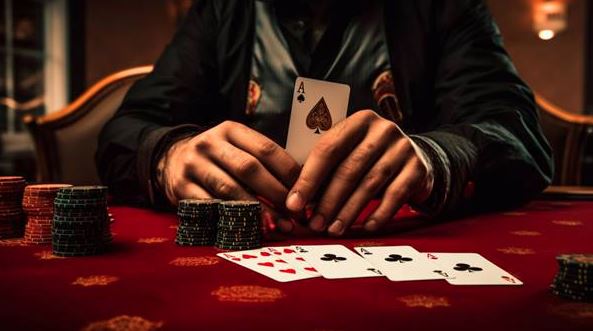European Blackjack is a popular variant of the traditional blackjack game, known for its unique rules and gameplay. Here’s a detailed guide on how to play European Blackjack:
How to Play European Blackjack
1. Understanding the Basics
1.1. Objective of the Game
- Goal: The objective in European Blackjack is to beat the dealer’s hand without exceeding 21. You win by having a hand total closer to 21 than the dealer or by the dealer busting (going over 21).
1.2. The Decks
- Decks Used: European Blackjack is typically played with 2 decks of cards, though variations with up to 8 decks can also be found.
2. The Deal
2.1. Initial Deal
- Cards Dealt: Each player and the dealer receive two cards. Players receive two cards face-up, while the dealer has one card face-up (known as the upcard) and one card face-down (known as the hole card).
2.2. European Blackjack Rules
- Hole Card Rule: Unlike American Blackjack, the dealer does not check for blackjack with the hole card until all players have completed their hands. This means players will not know if the dealer has a blackjack until the end of the round.
3. Playing Your Hand
3.1. Basic Actions
- Hit: Draw an additional card from the deck.
- Stand: Keep your current hand and end your turn.
- Double Down: Double your original bet and receive one additional card. You can only do this after receiving your initial two cards.
- Split: If you have two cards of the same value, you can split them into two separate hands, placing an additional bet equal to your original bet. Each new hand is then played separately.
3.2. Blackjack and Payouts
- Blackjack: A blackjack is an Ace and a 10-value card (10, Jack, Queen, or King) on the initial deal. It typically pays 3:2.
- Winning: If your hand beats the dealer’s hand or the dealer busts, you win even money (1:1) on your bet.
- Push: If your hand ties with the dealer’s hand, it’s a push, and your bet is returned.
4. Dealer’s Play
4.1. Dealer Rules
- Dealer’s Turn: After all players have completed their hands, the dealer reveals their hole card and plays their hand according to house rules.
- Dealer’s Actions: The dealer must hit on 16 or less and stand on 17 or more. In some variants, the dealer may be required to hit on a soft 17 (a hand containing an Ace and a 6).
5. Strategy Tips
5.1. Basic Strategy
- Use Basic Strategy Charts: To minimize the house edge, use basic strategy charts that provide the best action based on your hand and the dealer’s upcard.
5.2. Splitting and Doubling Down
- Splitting: Always split Aces and 8s. Avoid splitting 10s or 5s.
- Doubling Down: Double down on 11, and sometimes on 10, depending on the dealer’s upcard.
5.3. Avoiding Insurance Bets
- Insurance: This side bet is generally not recommended, as it has a high house edge. It’s only useful if you’re a card counter and know that the deck is rich in 10-value cards.
6. Variations of European Blackjack
6.1. European Blackjack Gold
- Additional Features: Some online casinos offer European Blackjack Gold with enhanced graphics and additional betting options.
6.2. European Blackjack Pro
- Advanced Options: This version may include features like side bets, different rules for splitting and doubling, and variations in payout structures.
7. House Edge and Odds
7.1. House Edge
- European Blackjack typically has a lower house edge compared to American Blackjack due to the lack of the dealer’s hole card check.
7.2. Odds
- Understanding Odds: Familiarize yourself with the odds of different scenarios, such as getting a blackjack, busting, or the dealer busting, to make more informed decisions.
Conclusion
European Blackjack is a variant of blackjack with specific rules that make the game unique, especially with the dealer’s hole card being revealed later in the round. By understanding the basic rules, strategies, and odds of the game, you can improve your chances of winning and enjoy a more engaging blackjack experience.

